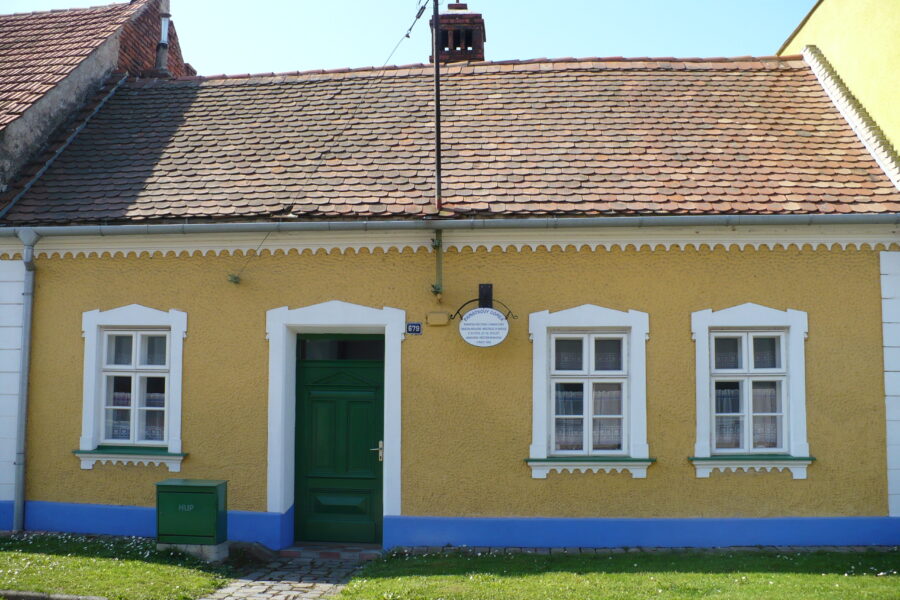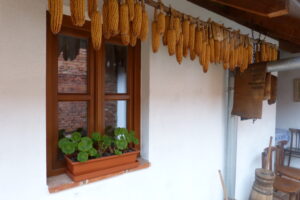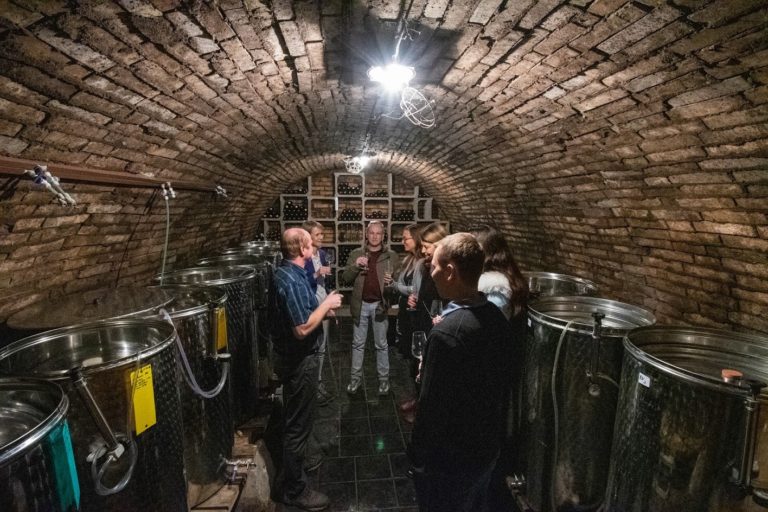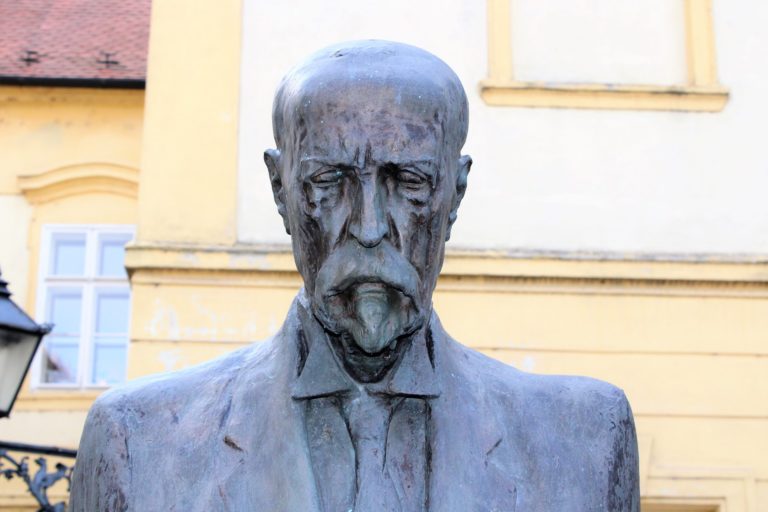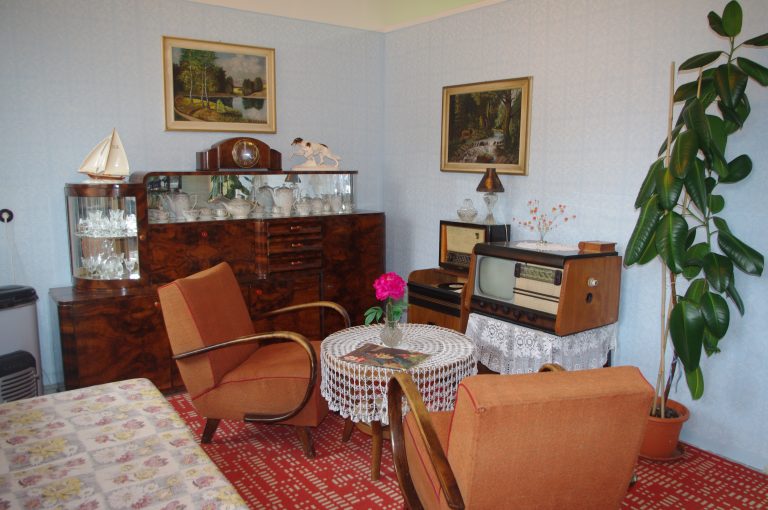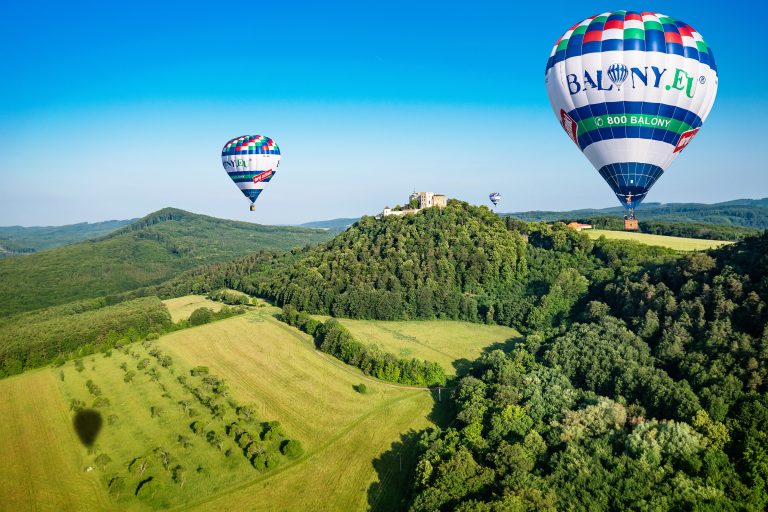Heritage House no. 679

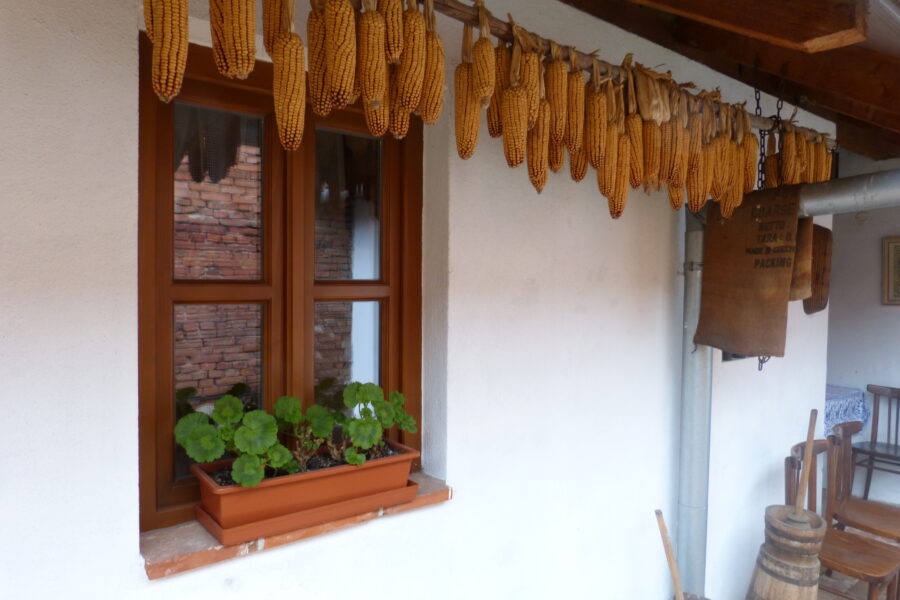
The heritage house in Kunovice was built in the first third of the 19th century, at a time when the town was recovering from two devastating fires. Because some parts of the town w destroyed, it experienced an unprecedented construction boom. Most of the houses were originally built from wood, which was later gradually replaced with clay. The wall cladding uses clay mixed with straw. From the late 18th century to the First World War, people built their homes exclusively from “kotovice” – homemade mud bricks. In this period, the most common roofing material was thatch, later replaced with terracotta tiles. This material was also used on the Kunovice heritage house. The last inhabitants of the house were small landowners whose fields were too small to sustain them. For this reason, they worked as day labourers on larger farms, helped local craftsmen or perhaps had their own trade. In 2000, the town of Kunovice bought the house from its last owner. Two years later, the heritage house was partially renovated and opened. The house was entered by a “pitvor”, a hall connected to the open-fire kitchen which survives to this day. The right-hand side of the house features the main room with a tiled stove and oven on which children used to sleep, and the sacred corner. The main room exhibition shows a typical Kunovice house before 1930. There is an example of a traditional folk costume (“kroj”), kitchen utensils and other everyday items. On the left side, there was originally a pantry and a winter kitchen; in later stages it was used as a “výminek”, or a room for elderly parents, or “klestí”, a room for newlyweds. The pantry is preserved in its state from 1950–1960. The rear part of the building featured sheds for domestic animals. There were goats, cows, pigs and rabbits. In the back, there was also a small garden, a manure pit and in front of it a wooden outhouse; the middle part of the yard featured a large smokehouse and the lower part a dovecote. There was no water supply in the house and water was brought in pails from a well on the street. Today, the yard hosts a small exhibition of agricultural equipment used in the fields, as well as craftsmen and peasants’ tools. ere completely

